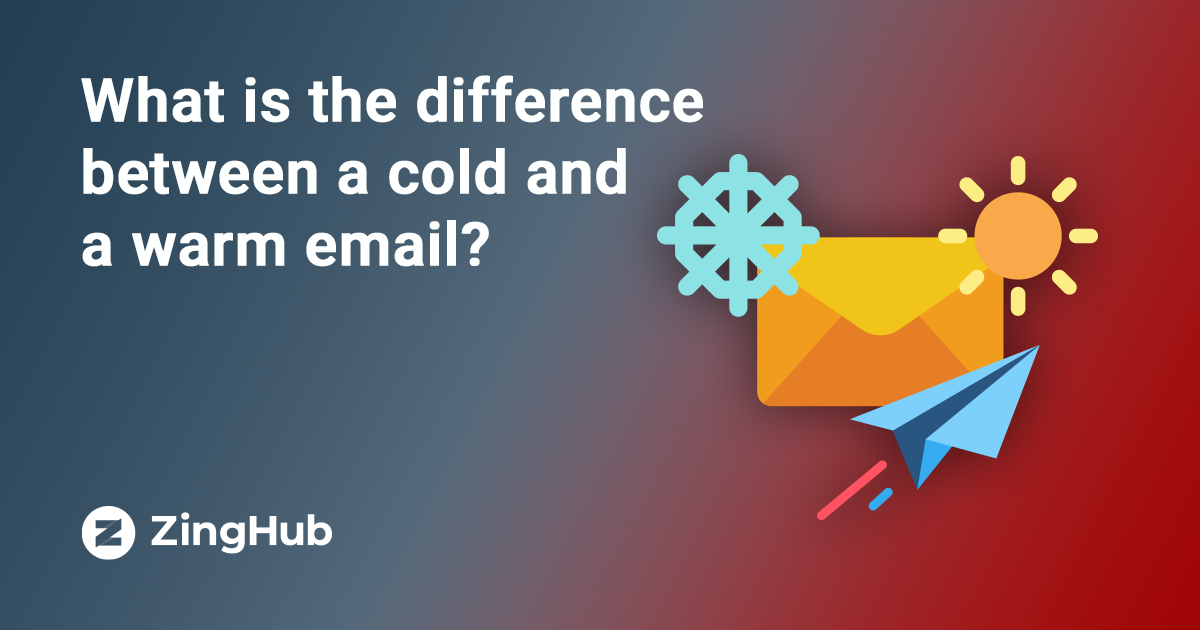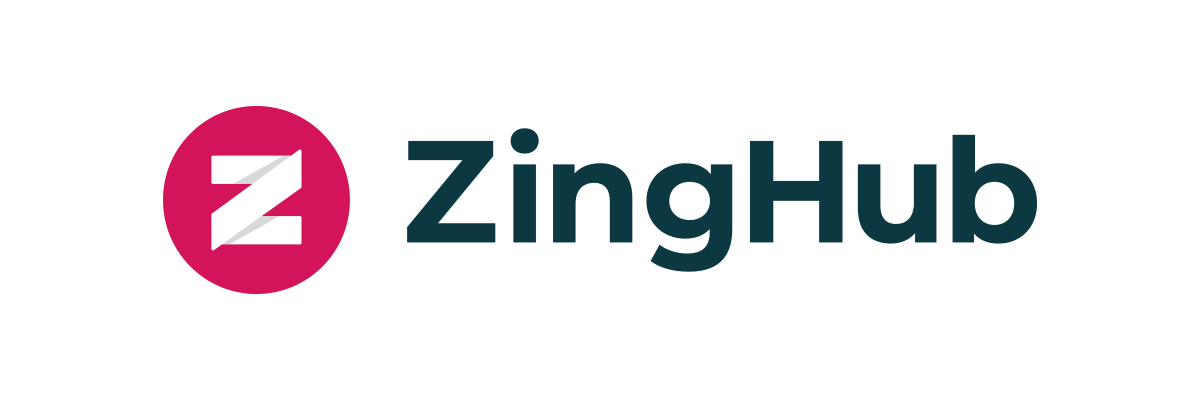
Key Highlights:
A cold email is an initial, unsolicited message sent to a recipient with whom you have no prior existing relationship or interaction. You are reaching out without any established connection, much like initiating a conversation with a stranger. The recipient has no previous knowledge of you, your company, or the reason for your contact.
The fundamental purpose of a cold email is to establish this very first connection. It aims to introduce yourself or your offering and generate just enough interest to prompt a desired action. This action might be a reply, a visit to your website, or a request for more information. Because there's no pre-existing context, a cold email must work hard to capture attention and convey value immediately, operating without the benefit of familiarity.
A warm email, conversely, is sent to someone with whom you already share a pre-existing connection or have had previous engagement. This connection provides a comfortable foundation for communication, making it feel familiar and expected rather than intrusive.
This established relationship can stem from various sources: perhaps you share mutual connections on a professional network, they've previously interacted with your content (like downloading an ebook or attending a webinar), they were referred to you by a trusted contact, or you both belong to the same professional community. A warm email builds upon this existing rapport, aiming to nurture the relationship further towards a specific objective, such as a continued conversation, a conversion, or deepening brand loyalty. Its effectiveness relies heavily on referencing the shared context to maintain relevance and demonstrate understanding of the recipient's needs or interests.
The true art of effective outreach often lies in turning a seemingly "cold" contact into a "warm" one. This transformation doesn't happen with a single email but through a strategic, value-driven approach.
Initially, a personalized cold email is your most powerful tool. It goes beyond generic greetings by demonstrating that you've done your homework. This means researching the recipient to include specific details such as a recent accomplishment they've had, an article they published, a relevant company update, or a challenge specific to their industry. By tailoring your message to their unique context, you immediately make the cold email feel more relevant and less like mass outreach.
This initial personalization is critical for eliciting a first response.
Once a recipient replies, clicks a link, or takes any small action, the relationship begins to warm up. Subsequent communications are no longer "cold." They become part of a nurturing sequence, leveraging that initial positive interaction. Each follow-up email can then reference the previous engagement, continuing to offer value, answer questions, or provide relevant resources, gradually building trust and familiarity until the contact is genuinely "warm" and receptive to further engagement.

Whether your goal is to send cold or warm emails, having the right platform can significantly enhance your strategy. ZingHub can be a valuable asset throughout this process.
For initiating contact, ZingHub helps organize your prospect lists, enables the creation of highly personalized cold email campaigns at scale, and provides the tracking necessary to monitor engagement and optimize your approach. As contacts begin to warm up, ZingHub assists in segmenting your audience based on their interactions, allowing you to send precisely targeted and relevant follow-ups that convert initial interest into lasting relationships.
Understanding the fundamental difference between cold vs warm emails and mastering the transition through strategic personalized cold email are paramount to successful communication and achieving your outreach objectives. Using tools like ZingHub can streamline these efforts and empower you to build more meaningful connections.
AI-Powered Outreach that Starts Real Conversations. ZingHub.